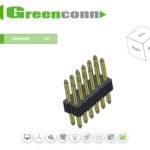USB4 is Coming to a Device Near You
In 2021, we’ll see USB4 begin to appear in computing products and peripherals. The latest iteration of the USB standard will be fast and backward compatible.
In the connector world, upgrades usually mean two things: higher speed and more power. This time around, the arrival of a new USB connector also means more compatibility. In 2021, a new generation of technology products will feature USB4, the latest USB standard. USB4 operates within the same form factor as the reversible, rounded oval USB Type-C connector, enhanced with Intel’s fast Thunderbolt technology. The stable interface means select older USB products will have partial to full compatibility with USB4, including USB 3.2, USB 3.1, USB 3.0, USB 2.0, and many Thunderbolt 3 devices. This will protect recent USB products from obsoletion while enabling designers to move forward.
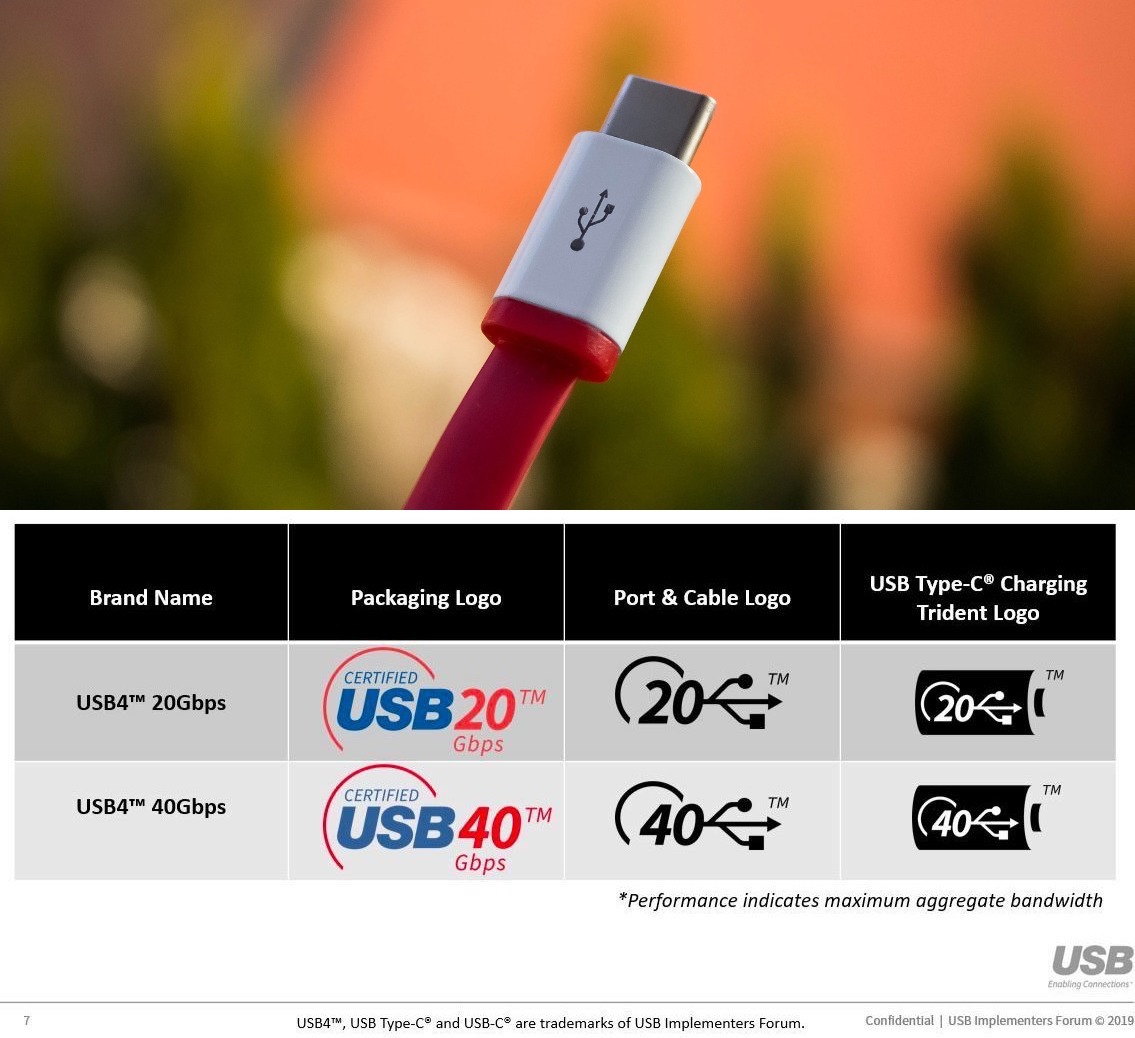
The USB Implementers Forum works with components manufacturers and product designers to anticipate industry needs and develop new standards for connectivity products, like USB4, that can advance them.
The ubiquitous USB family of connectors has undergone four major redesigns and several revisions since it was introduced in 1996. It is now one of the world’s most common peripheral connectors, and it’s the rare connector that consumers as well as electronics industry professionals know by name because of its widespread use in commercial products. The rapid evolution of USBs means that consumers must also take note of connector compatibility, though, as they may own a range of products that require various USBs.
The latest iteration of the USB connector standard, USB4, will simplify forward progress by enabling users to connect products of varying USB generations using a common connector and cable and achieve the maximum speed and power allowable for each generation of connected devices. The standard debuted in a 2019 announcement, but the first products featuring the new connector arrived at the end of 2020, beginning with Apple’s M1 chip MacBook Air laptops and Mac Minis and PC laptops that feature the Intel Tiger Lake processors.
“USB4 solutions have begun to enter the market and we expect the number of available USB4 solutions to continue ramping up in 2021,” said Jeff Ravencraft, president and COO of the USB Implementers Forum (USB-IF).
Two new performance or speed levels are included in USB4: USB4 20Gb/s and USB4 40Gb/s. Data is transmitted across two sets of four bidirectional lanes using two-lane cables. In video applications, USB4 supports 8K resolution at 60Hz with HDR10 color. Combined with the new DisplayPort Alt Mode 2.0 standard, the maximum transmission speed effectively doubles to 80Gb/s, since signals only need to move in one direction — to the screen — across all eight lanes. USB-IF worked closely with the Video Electronics Standards Association (VESA) to ensure seamless compatibility between USB4 and the DisplayPort Alt Mode 2.0 standard, released in 2020. VESA anticipates that DisplayPort Alt Mode 2.0 will begin to appear in products this year.
Another key feature of USB4 is improved bandwidth allocation. Drivers in the USB4 connector activate a process called protocol tunneling in which packets of data move through protected lanes for specific needs, such as DisplayPort or PCIe. USB4 connectors monitor the bandwidth requirements for each packet, connected device, or function and allocate the appropriate amount of bandwidth to each. Any potential bandwidth not in use remains free for other functions as needed, rather than being wasted by misallocation. Previous USB connectors would split bandwidth evenly across devices, regardless of the amount actually needed for a specific function.
Since the USB4 shares a common receptacle with USB 2.0 and newer connectors, many connector and cable suppliers that have provided products in those formats will also be offering USB4 connectors and cables that meet the more rigorous electrical performance that USB4 requires.
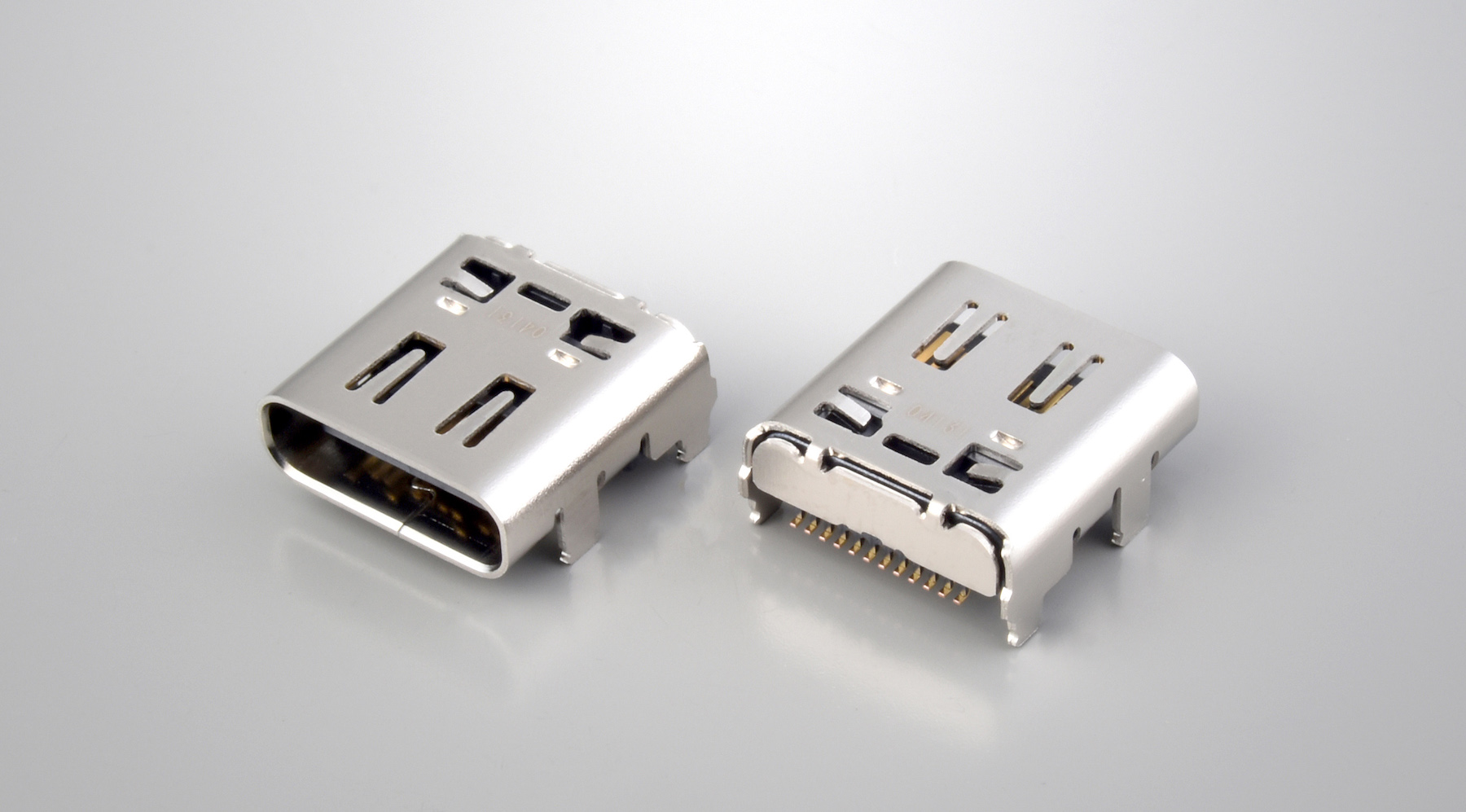
JAE’s new USB4 connector was recently released as an extension of its DX07 Series USB Type-C connectors. The new USB4 connector achieves data transmission speeds up to 40Gb/s — twice the speed of the previous USB 3.2 standard — which makes it ideal for adoption in applications such as PCs, docking stations, monitors, high-capacity SSDs, game consoles, and VR headsets.
JAE released its first certified 40Gb/s USB4 connectors at the end of 2020, says Kenta Minejima, marketing manager at JAE. The company, under the full corporate name Japan Aviation Electronics, has been integral in the development of USB standards since USB Type-C, and has focused on customer needs and ease of adoption in its contributions to the USB4 connector specification.
“For the new specifications, the actual interface shape did not change, so the mechanical requirements are unchanged from the previous revision of the USB Type-C specification,” said Minejima. “Along with other contributors, we helped create the electrical requirements and test specification, which were critical to ensure proper functionality of USB4 devices. Also, a new JAE plug connector was selected as the ‘golden plug’ that will be used during the certification testing of all USB4 40Gb/s receptacle connectors.”
“The main thing that changed in our connectors is the design of the internal components, such as the contacts and mid-plate. In order to meet the new requirements to receive USB4 40Gb/s certification, the signal integrity performance had to be improved compared to our existing USB Type-C connector and cable lineup,” said Minejima. “However, having a great design is only half of the equation, and consistently manufacturing to tight tolerances is also necessary. To ensure that the parts we manufacture in mass production is within the intended design parameters, we use multiple insert molding and automated assembly processes.”
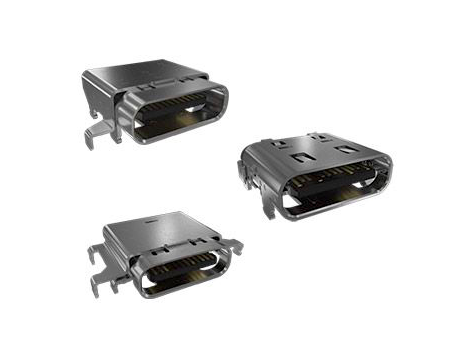
Amphenol ICC’s new USB 4 Gen 3 Type-C connectors are compatible with the Thunderbolt 4 interface and integrate power charging, protocol tunneling, PCIe data transfer, and DisplayPort video and audio capability in a single USB Type-C connector.
Amphenol ICC is also ready for early adopters of USB4. The company’s new terminal design features copper metal alloys to provide an extended 5A current rating for USB power delivery up to 100W. These durable connectors resist wear from cyclic operations and deliver optimal performance for up to 10,000 mating cycles. These new USB connectors also come with an enhanced mid-plate sidewall that maximizes the contact area and stabilizes contact performance, making it wiggle-free.
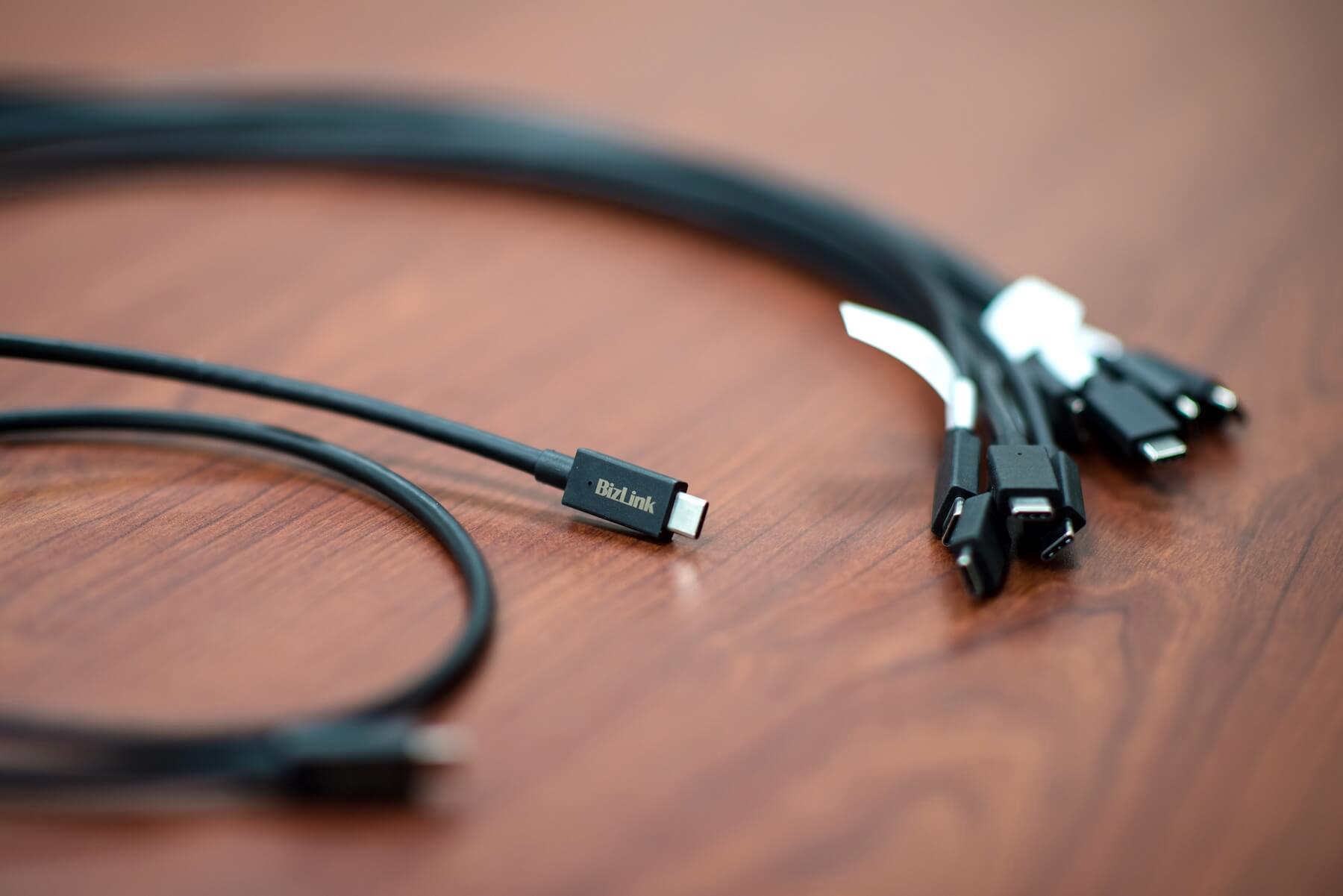
BizLink’s new USB4 cable is one meter in length, which makes it the longest USB4 Gen 3 Type-C cable currently available on the market.
BizLink has staked out a role as a leader in USB4 cable solutions. The company released its 0.8-meter USB4 cable in October 2020, making it an early arrival in the nascent product category, and has recently launched a new USB4 cable that is one meter in length, which makes it the longest USB4 Gen 3 Type-C cable currently on the market with USB-IF Test ID 4561 certification. The new one-meter USB4 cable solution from BizLink exceeds the length specified in the USB Type-C specification release 2.0 to offer enhanced design flexibility and provides high signal integrity in a robust coaxial cable structure well suited for use in a wide variety of applications.
In 2020, distance learning, work, and home-based entertainment brought an unprecedented number of computer devices and peripherals into use, and the vast majority of them use USB connectors and cables. As 2021 unfolds, USB4 will take its place in new devices but, thanks to its standardized form factor and expanded compatibility characteristics, won’t leave the old ones behind.
Like this article? Check out our other USB, High-Speed, and New Technology articles, our Consumer and Datacom/Telecom Market Page, and our 2020 and 2019 Article Archives.
- What are NMD connectors? - May 7, 2024
- News From Hannover Messe 2024 - April 30, 2024
- Where in the World is Amphenol LTW’s Luc Kan? - April 23, 2024



